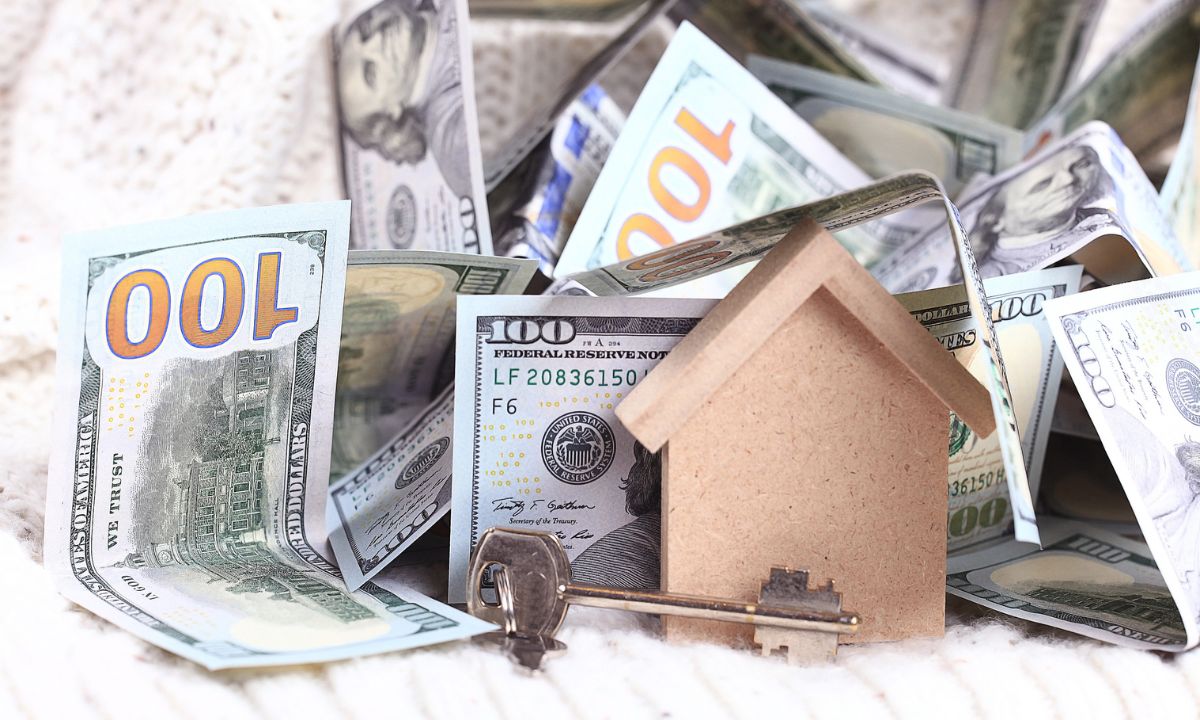What Single Moms Should Know About First-Time Homebuyer Grants
 Owning a home as a single mom might seem challenging, but it’s more achievable than you think. With the right resources, first-time homebuyer grants, and housing programs, you can turn the dream of homeownership into reality. Here’s what you need to know.
Owning a home as a single mom might seem challenging, but it’s more achievable than you think. With the right resources, first-time homebuyer grants, and housing programs, you can turn the dream of homeownership into reality. Here’s what you need to know.
Understanding First-Time Homebuyer Grants
First-time homebuyer grants are designed to assist individuals with low to moderate incomes in purchasing a home. These grants can significantly reduce the financial burden of buying a house by covering part of the down payment or closing costs. Although not specifically labeled for single moms, many of these grants cater to single-income households, making them an excellent resource for you.
Key Steps to Take
- Connect with a Housing Counselor: Start by reaching out to a HUD-approved housing counseling agency. They offer free or low-cost advice tailored to your financial situation. A counselor can help you understand your options and guide you through the process.
- Explore Affordable Loan Programs: While there aren’t specific loans for single moms, several mortgage programs are tailored for low-to-moderate-income borrowers. For instance:
- FHA Loans: Offer low down payments and flexible credit requirements.
- USDA Loans: Provide 100% financing in eligible rural and suburban areas.
- VA Loans: Available for veterans and eligible surviving spouses, these loans offer zero down payment and no private mortgage insurance (PMI) requirements.
- Investigate Down Payment Assistance Programs: Down payment assistance programs are available on a county-by-county basis and can significantly reduce the upfront cost of buying a home. These are typically offered as loans or grants, and some may even be forgiven over time.
- Consider a Cosigner: If you’re concerned about qualifying for a mortgage on your income alone, consider having a cosigner. This can increase your purchasing power by including the cosigner’s income in the lender’s calculations.
Resources for Single Moms
Several resources can help single moms navigate the homebuying process:
- State and Local Programs: Many states offer homebuying assistance programs. HUD’s website provides a comprehensive list of these programs by state, including links to available assistance.
- HUD’s Special Programs: HUD offers special programs like the Good Neighbor Next Door (GNND) and homeownership options for public housing residents. These programs provide significant discounts or opportunities for low-income families to own a home.
- Habitat for Humanity: This nonprofit organization helps low-income families build and purchase homes with affordable mortgages. Habitat for Humanity is an excellent option for those willing to contribute to the construction of their future home.
Get Started Today
Homeownership is within your reach, and the first step is to explore the resources available to you. Whether it’s a grant, a special loan program, or down payment assistance, there are many ways to make buying a home as a single mom possible. Start by connecting with a housing counselor and exploring your loan options—you might be closer to owning a home than you think.
 Credit card debt in the U.S. has surged to an unprecedented level, climbing by $50 billion last year to a staggering $1.13 trillion. This highlights the financial strain many individuals and families are experiencing, making effective debt management more crucial than ever. One potential strategy to consider is a cash-out refinance on your home.
Credit card debt in the U.S. has surged to an unprecedented level, climbing by $50 billion last year to a staggering $1.13 trillion. This highlights the financial strain many individuals and families are experiencing, making effective debt management more crucial than ever. One potential strategy to consider is a cash-out refinance on your home. Navigating today’s real estate market can be challenging, especially when dealing with properties listed as “cash-only.” These homes often require extensive repairs or are in poor condition, making them difficult to finance through traditional means. Fortunately, a renovation loan offers a solution, allowing you to finance both the purchase and renovation of these properties with a single loan.
Navigating today’s real estate market can be challenging, especially when dealing with properties listed as “cash-only.” These homes often require extensive repairs or are in poor condition, making them difficult to finance through traditional means. Fortunately, a renovation loan offers a solution, allowing you to finance both the purchase and renovation of these properties with a single loan.